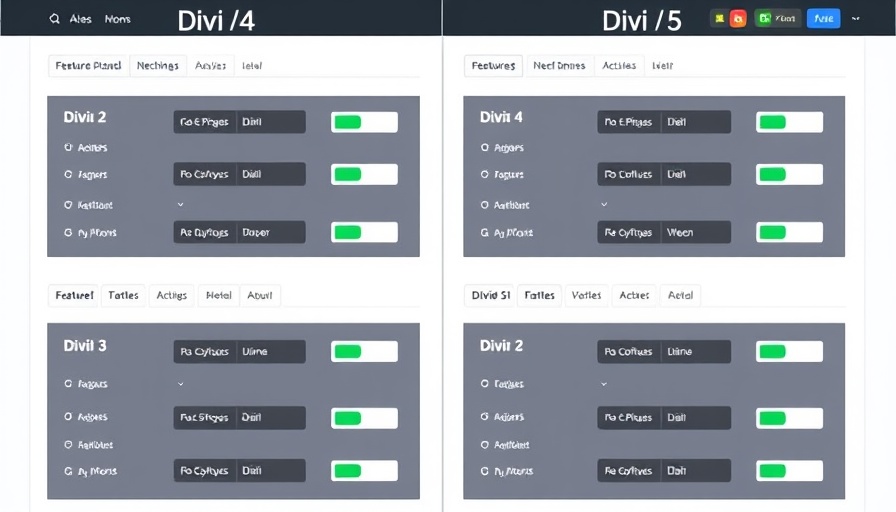
Divi 4: Overview of Features
Divi 4 has long been celebrated for its solid feature set and user-friendly design. It offers a variety of modules for creating a broad spectrum of websites, from simple personal blogs to complex business platforms. Key highlights include its drag-and-drop interface, customizable settings for each module, and an SEO-friendly structure. This version’s strengths lie in its versatility, enabling users to achieve unique designs without requiring extensive coding knowledge.
Understanding the Strengths of Divi 4
Divi 4’s primary strength is its extensive library of pre-designed templates, making it easy to kickstart any project. Additionally, users benefit from a large community and ample resources, including tutorials and forums. This support network ensures that novices can find help when needed, allowing them to explore creative possibilities without feeling overwhelmed.
Limitations of Divi 4
Despite its strengths, Divi 4 does have limitations. The performance can lag with large-scale builds, and some users report a steep learning curve due to its myriad features. Additionally, while Divi 4 is stable, the newer methods and updates may not be reflected quickly, potentially causing friction during development.
Introducing Divi 5: The Next Generation
With the introduction of Divi 5, users are heralded into a phase of enhanced efficiency and speed. The Public Alpha of Divi 5 promises improved performance and a more modern interface that adapts to current web design trends.
Diving into Core Features of Divi 5
Divi 5 introduces several new core features. Enhanced performance metrics ensure faster loading times, which is critical for user experience and SEO. This version also modernizes the codebase, improving both responsiveness and flexibility.
New Features and Improvements in Divi 5
The standout improvements in Divi 5 hinge dramatically upon user interfaces and design flexibility. For instance, the new style management system allows for a more streamlined approach to design, enabling changes across multiple elements at once. Users can expect not just new capabilities but also smoother workflows.
When to Choose Divi 4
For projects that prioritize stability and widespread community support, Divi 4 remains a reliable choice. It's particularly beneficial for users familiar with its features, or when quick setup with proven templates is a need. Specific user groups, such as small agencies or freelancers just starting out, might find Divi 4 meets their immediate demands.
When to Choose Divi 5
Conversely, Divi 5 is ideal for users who prioritize performance and are keen to experiment with new design tools. If launching a fresh site or a major rewrite is on the horizon, considering Divi 5 for its modern features could significantly enhance the project outcome.
The Future of Divi: Anticipating Changes and Trends
Looking forward, Divi 5 represents more than just an update; it signifies a shift in user expectations for speed and design. A predicted trend is the increasing demand for fully customizable design systems that allow for greater creativity and less reliance on third-party tools.
Conclusion: Making the Best Choice for Your Website
In deciding between Divi 4 and Divi 5, consider your project’s needs and your comfort level with evolving technology. Each version has distinct advantages that cater to different user segments. By understanding these differences, WordPress users can make informed decisions for their website builds.
As you embark on your next web project, whether with Divi 4 or Divi 5, remember that the tools you choose should empower your creativity and meet your objectives.
 Add Row
Add Row  Add
Add 




 Add Row
Add Row  Add
Add 

Write A Comment